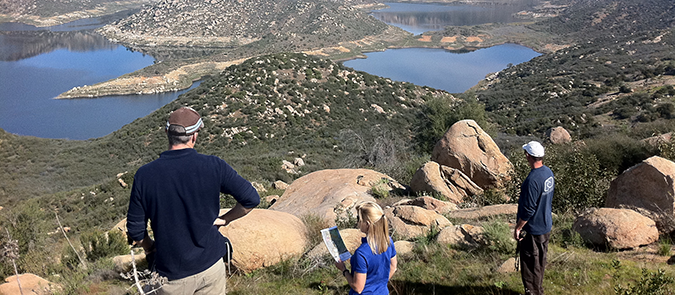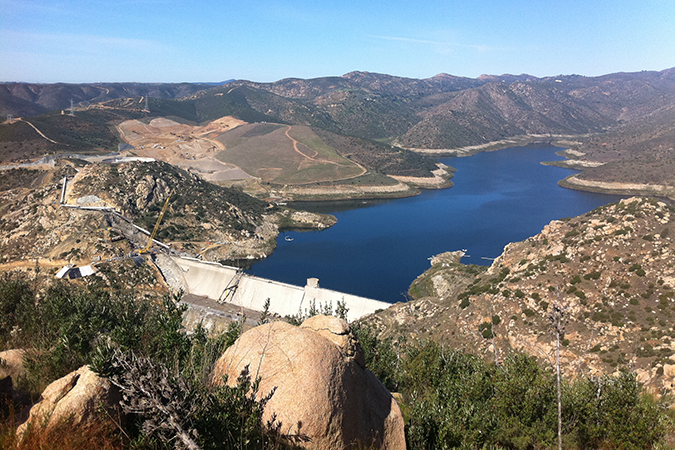Whether you hear about repurposing developed land – from golf courses to tomato farms – or existing open space, mitigation and conservation banking can be complex.
No matter the nature of the land, controversial or not, banking is an important tool to ensure that mitigation measures are, and will continue to be, successful.
What is a Mitigation or Conservation Bank
A Mitigation Bank (which includes wetlands) or a Conservation Bank (which does not) is sort of like Karma – it creates a positive impact in advance to help offset future negatives. “Bank” refers to setting aside a certain value of conserved and restored lands in the form of credits that can be sold to offset future development in the same area.
[Tweet “Find out how #mitigation banks lead to greater environmental success and benefit the community.”]
How It Works
First, a land owner or bank developer identifies a piece of land that either could make an ideal habitat for native species of plants and animals, and then works on an agreement with government agencies to establish a bank on that property.
The agreement, which could take years to finalize due to the amount of parties that need to be involved, includes:
- Extensive information on why the property is a good candidate for banking
- What environmental or habitat management work will be done
- Who will lead the habitat restoration and/or management
- How much money needs to be set aside to sustain the bank in endowment or non-endowment funds
- The number of “credits” that the land owner is allowed to sell that comprise the full conservation value of the bank itself
Once an agreement is reached, credits are purchased by developers and the bank owner assumes the responsibility to perform the equivalent amount of mitigation and ensure its success.
Community Debate and Challenges
While homeless encampments and increased fire danger concerns receive media attention, the greatest community challenges stem from the repurposing of already developed land.
In order for many types of species conservation to be successful, land must remain untouched and protected by fences, albeit often small innocuous ones. So, repurposing land can feel to residents like they are losing something – a recreation center or a local gathering space.
Many times, a compromise can be reached and bank lands will be surrounded by carefully planned public trails to allow for access and enjoyment.
Finally, we should mention that nowhere is it dictated how much a bank credit can be sold for – a bank owner may sell credits for any value on the open market. While there is great upfront risk, there can be a good deal of money made.
Value of Mitigation Banks
While Banks offer an opportunity to reduce permitting delays by providing an expedient way for developers to meet mitigation requirements, more importantly, because of the extensive upfront planning undertaken for approval, banks greatly reduce mitigation failure.
By bringing together all the key players, environmental planners, biologists, and ongoing habitat managers, there are a great deal more resources and time invested in planning for a bank than there is in traditional project-specific mitigation.
Most often, this added planning manifests in much greater environmental success – which, of course, best benefits the entire community.





